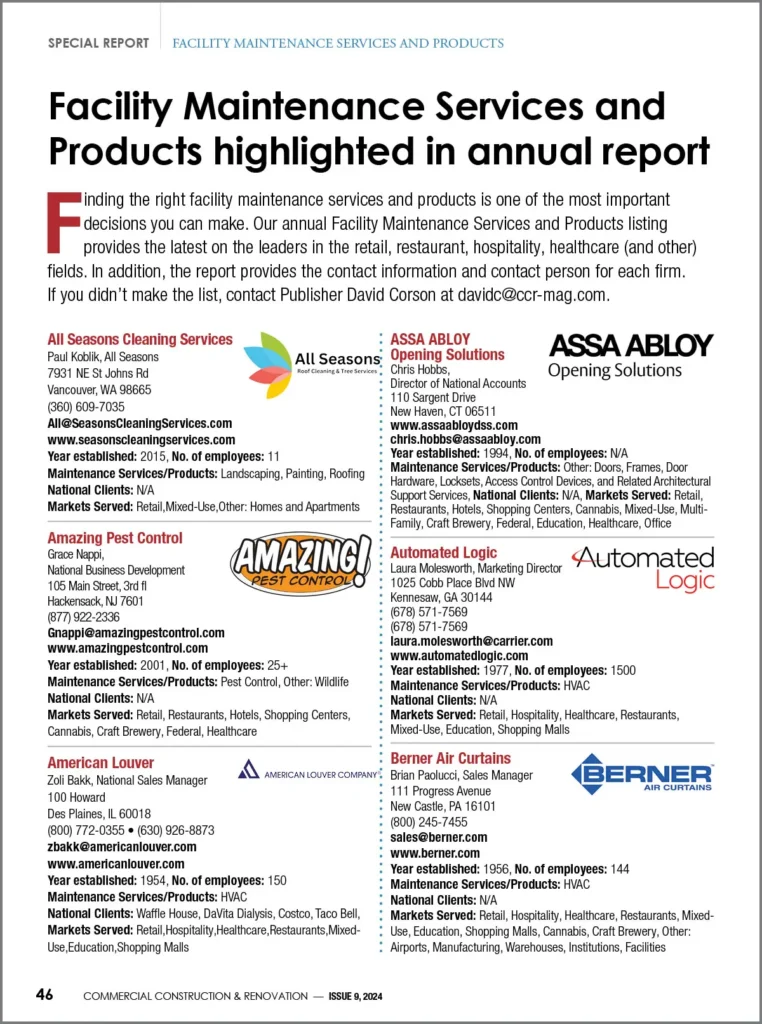Direct thermal labels have become a staple in various industries, from retail to logistics, due to their simplicity, cost-effectiveness, and suitability for short-term labelling needs. But what exactly are direct thermal labels, and why are they ideal for short-term applications? In this blog post, we’ll break down everything you need to know about direct thermal labels, including their benefits, uses, and why they might be the perfect solution for your business.
If you’re looking for high-quality direct thermal labels, CDM Labels offers a wide selection of labels suited for different applications. Let’s dive into how direct thermal labels work and why they’re a smart choice for short-term labelling tasks.
1. What Are Direct Thermal Labels?
Direct thermal labels are a type of label that doesn’t require ink, toner, or ribbons to produce an image. Instead, they rely on a special heat-sensitive material that darkens when exposed to heat from a thermal printhead. This process creates an image directly on the label’s surface, eliminating the need for additional printing supplies.
The direct thermal printing method is both cost-effective and efficient, making it a popular choice for businesses that need to print large volumes of labels quickly. However, because the printed images on direct thermal labels are sensitive to light, heat, and friction, they are best suited for short-term or temporary applications.
2. How Do Direct Thermal Labels Work?
The key to direct thermal labels lies in their heat-sensitive coating. The label material is coated with a special layer that reacts to the heat generated by the printer’s thermal head. When the printhead heats specific areas of the label, the coating darkens to create text, barcodes, or graphics.
This process is straightforward and eliminates the need for any ink, ribbons, or toner, which is a big plus in terms of reducing operating costs and minimising waste. Additionally, direct thermal printers are generally low-maintenance because they have fewer moving parts and don’t require frequent ribbon or ink cartridge replacements.
3. Why Are Direct Thermal Labels Ideal for Short-Term Applications?
Direct thermal labels are particularly well-suited for short-term applications because of their durability limitations. Since the print is created using heat-sensitive material, it can fade over time if exposed to direct sunlight, heat, or friction. Here’s why direct thermal labels are perfect for short-term use:
a) Temporary Durability
Direct thermal labels are designed to last for shorter periods, typically between a few days to a few months. The print quality remains high initially but will fade if subjected to prolonged exposure to sunlight, heat, or handling. For applications where the label only needs to be readable for a limited time—such as shipping labels, food packaging, or event tickets—direct thermal labels are the ideal choice.
b) Cost-effective for High-Volume Printing
One of the biggest advantages of direct thermal labels is their cost-effectiveness. Because they don’t require ink, toner, or ribbons, direct thermal printing reduces the cost of consumables and ongoing maintenance. For businesses that print large volumes of labels, such as in the logistics or retail sectors, this makes direct thermal labels an affordable and practical option for short-term labelling needs.
c) Fast and Efficient Printing
Direct thermal printers are known for their speed and efficiency. Without the need to switch ribbons or cartridges, businesses can print labels quickly and continuously, reducing downtime. This is especially beneficial in environments that require fast turnaround times, such as warehouses, shipping centres, or retail point-of-sale systems.
4. Key Applications of Direct Thermal Labels
Due to their short-term durability and cost-efficiency, direct thermal labels are commonly used in industries and situations where labels don’t need to last a long time. Some key applications include:
a) Shipping and Logistics
Direct thermal labels are widely used in the shipping and logistics industry for printing shipping labels, tracking numbers, and barcodes. These labels are perfect for this environment because they only need to remain legible during transit, which typically lasts a few days or weeks.
b) Retail Price Labelling
In the retail sector, direct thermal labels are used for price tags, barcode labels, and inventory management. These labels are usually applied to products or shelves and only need to last until the product is sold or the price is updated.
c) Food Labelling
Direct thermal labels are often found on food packaging, particularly for fresh produce, deli items, and meat packaging. These labels are ideal for food products with a short shelf life, as they provide clear information about product names, prices, and use-by dates without the need for long-lasting durability.
d) Event and Ticketing
Direct thermal labels are used to print event tickets, badges, and wristbands for events, conferences, or festivals. Since these labels are only needed for the duration of the event, their short-term durability makes them a cost-effective and efficient choice.
e) Healthcare and Pharmacy
In healthcare settings, direct thermal labels are used for patient identification, prescription labels, and laboratory samples. These labels don’t need to last long-term but are required to remain legible for a short duration, such as during a hospital stay or the dispensing of medication.
5. Benefits of Direct Thermal Labels
There are several reasons why businesses choose direct thermal labels for short-term labelling needs. Here are some of the key benefits:
a) Cost Savings
Without the need for ink, toner, or ribbons, direct thermal labels offer significant cost savings compared to other labelling options. This makes them an excellent choice for businesses that need to print labels in high volumes regularly.
b) Low Maintenance
Direct thermal printers are low maintenance because they have fewer moving parts and don’t require frequent replacement of ribbons or cartridges. This means businesses can enjoy less downtime and lower operating costs.
c) High Print Quality
Despite being a cost-effective solution, direct thermal labels still offer high-quality printing, producing sharp, clear text and barcodes. This ensures that labels remain easy to read, even for short-term applications.
d) Eco-Friendly
By eliminating the need for ribbons and ink cartridges, direct thermal labels generate less waste, making them a more environmentally friendly option. For businesses looking to reduce their environmental footprint, this is an important advantage.
e) Versatility
Direct thermal labels come in a wide range of sizes and styles, making them versatile for use across different industries and applications. Whether you need small barcode labels for inventory management or large shipping labels for logistics, there’s a direct thermal label to suit your needs.
6. Limitations of Direct Thermal Labels
While direct thermal labels offer many benefits, they do have some limitations, particularly in terms of long-term durability. The print on direct thermal labels can fade if exposed to heat, sunlight, or moisture, making them unsuitable for labelling products or documents that need to last for extended periods.
Additionally, direct thermal labels are not recommended for outdoor use, as prolonged exposure to the elements can cause the label to deteriorate quickly. If you need labels that will be exposed to harsh conditions or need to last for several years, a thermal transfer label may be a better option.
7. Conclusion: Why Choose Direct Thermal Labels for Short-Term Applications?
Direct thermal labels offer an affordable, efficient, and high-quality solution for businesses that require short-term labelling. Whether you’re in the shipping, retail, or food industries, these labels provide a quick and cost-effective way to produce clear, legible labels without the need for costly ink or ribbons.
However, it’s important to remember that direct thermal labels are best suited for short-term applications. If you need labels that will last for a longer period or withstand harsh conditions, other labelling options, such as thermal transfer labels, may be more appropriate.








 The 2024 virtual Men’s Round Table will be held Q4, 2024, date TBD.
The 2024 virtual Men’s Round Table will be held Q4, 2024, date TBD.













